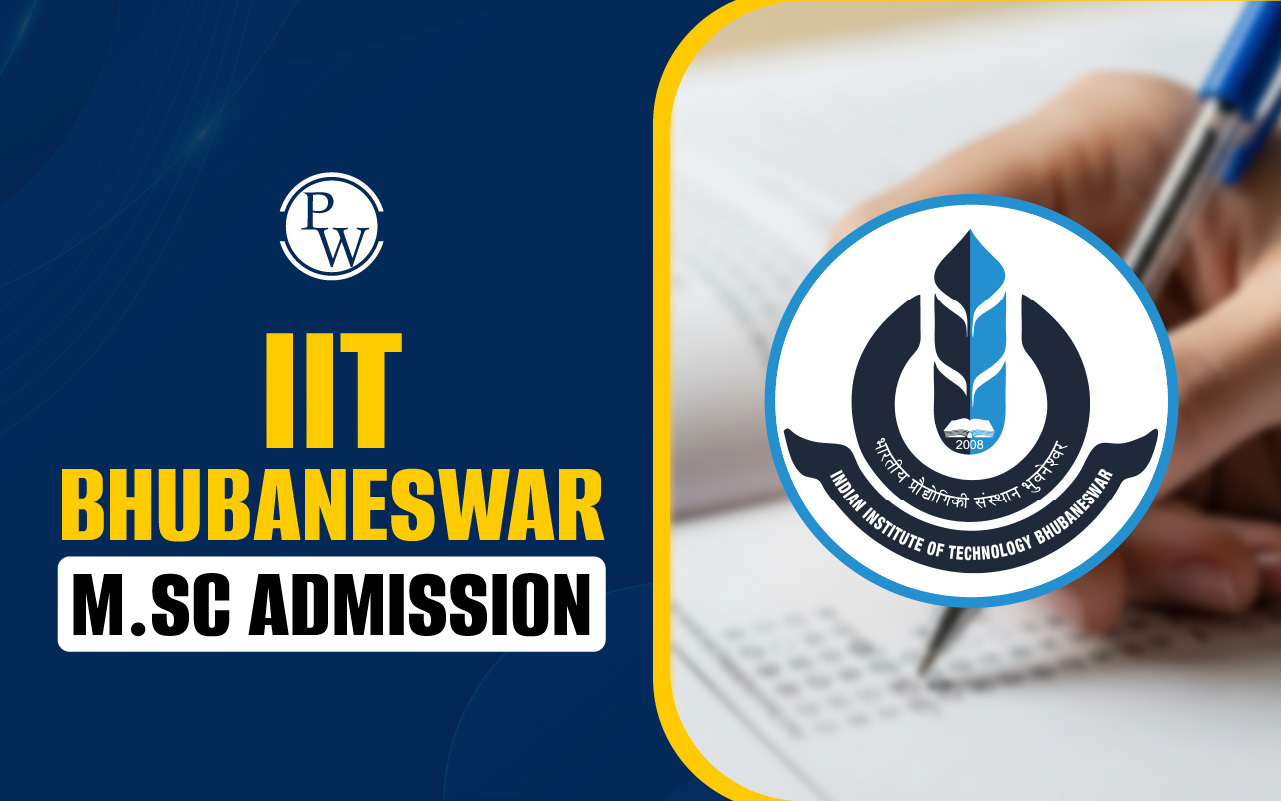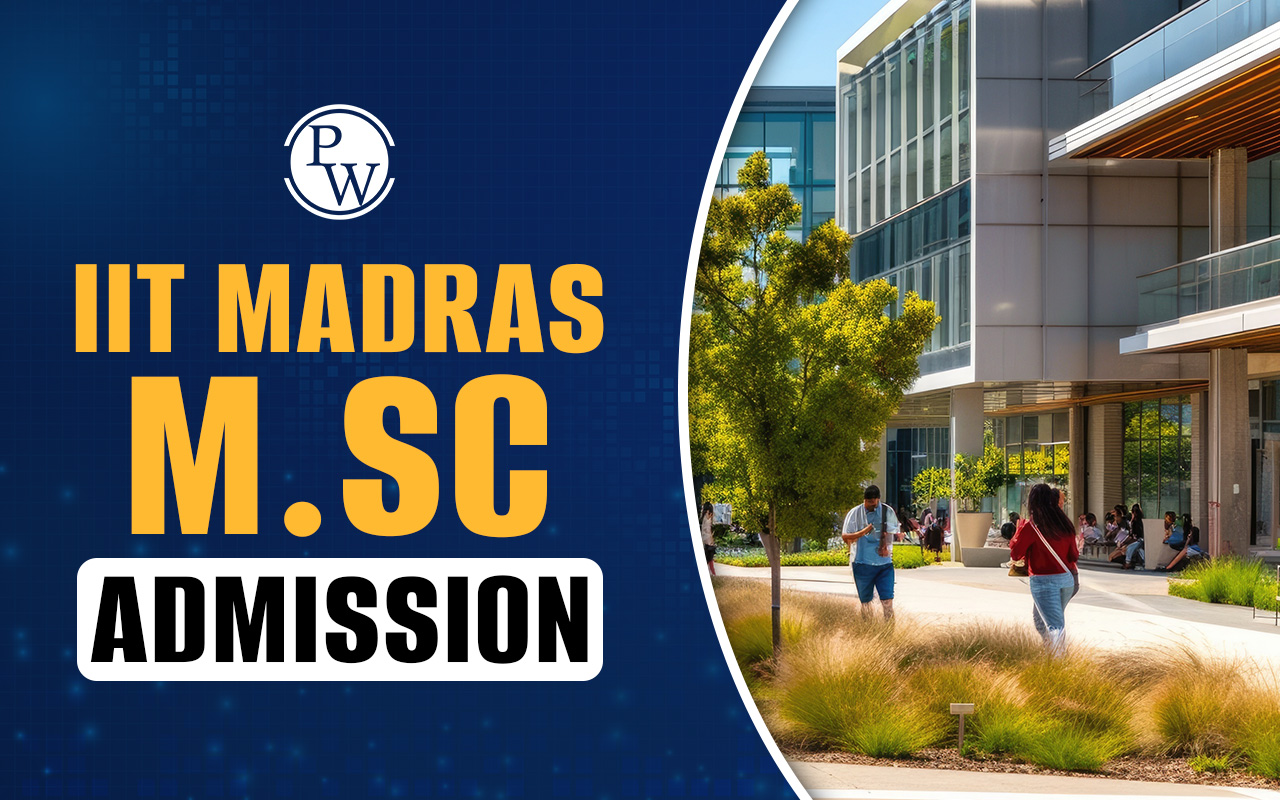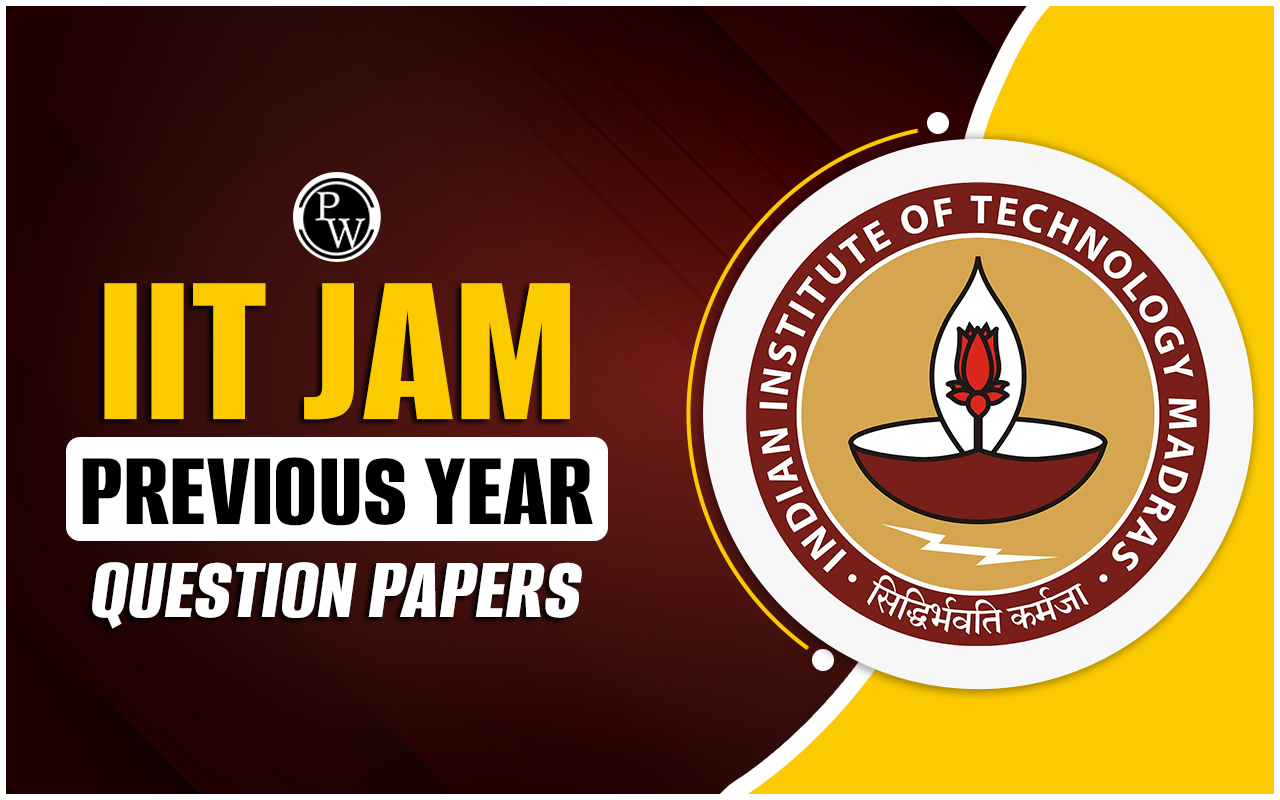
CUET PG Forensic Science Syllabus 2026: The official syllabus for CUET PG Forensic Science 2026 is yet to be announced by the National Testing Agency (NTA). Meanwhile, candidates are advised to refer to the previous year's syllabus for preparation guidance. Based on earlier patterns, the syllabus is expected to include key areas such as forensic biology and serology, forensic toxicology, crime scene management, forensic chemistry, fingerprints and document analysis, instrumental techniques, forensic medicine, and general physics and chemistry concepts. Aspirants should regularly visit the official CUET PG portal for updates and use the previous syllabus as a foundational study resource.
CUET PG Forensic Science Syllabus 2026 Overview
CUET PG Forensic Science Syllabus 2026 outlines the key areas that aspirants must focus on to prepare effectively for the CUET PG 2026 Forensic Science Exam. The syllabus is expected to be aligned with the exam pattern and designed to assess the candidate’s understanding of core forensic science concepts. Topics typically span across forensic biology, forensic chemistry, digital forensics, criminology, and legal procedures associated with forensic investigations.
| CUET PG Forensic Science Syllabus 2026 Overview | |
| Aspect | Details |
| Exam Name | CUET PG Forensic Science Exam 2026 |
| Conducting Body | National Testing Agency (NTA) |
| Syllabus Coverage | Forensic Biology, Forensic Chemistry, Digital Forensics, Criminalistics, Law |
| Exam Mode | Computer-Based Test (CBT) |
| Exam Duration | 105 minutes |
| Question Type | Multiple Choice Questions (MCQs) |
| Total Questions | 75 |
| Medium of Exam | English and Hindi |
| Syllabus Format | Will be available as CUET PG Forensic Science Syllabus PDF |
CUET PG Forensic Science Syllabus PDF
Candidates preparing for the CUET PG Forensic Science Exam 2026 are advised to refer to the CUET PG Forensic Science Syllabus PDF based on the previous year’s structure, as the official syllabus for 2026 has not yet been released. This provisional syllabus provides a foundational framework, encompassing essential topics such as forensic biology, forensic chemistry, digital and cyber forensics, criminalistics, forensic medicine, and relevant legal aspects. By aligning their preparation with the established CUET PG Forensic Science Exam Pattern, aspirants can strategically focus on the major subject areas anticipated to be included in the official syllabus. Once formally published, the CUET PG Forensic Science Syllabus PDF 2026 will be made available on the official website of the National Testing Agency (NTA) and other authorized academic portals.
CUET PG Forensic Science Syllabus 2026
CUET PG Forensic Science Syllabus 2026 is systematically structured into distinct subject areas, each encompassing essential domains within the field of forensic science. These core subjects typically include Forensic Physics and Ballistics, Forensic Chemistry and Toxicology, Forensic Biology and Serology, Forensic Anthropology, Questioned Documents and Fingerprints, Digital and Cyber Forensics, Crime Scene Investigation and Management, Law and Ethics in Forensic Science, and Instrumentation Techniques. This subject-wise organization enables candidates to approach their preparation in a focused and comprehensive manner, ensuring a thorough understanding of both theoretical concepts and practical applications fundamental to forensic science.
| CUET PG Forensic Science Syllabus 2026 | |
| Unit / Module | Topics Covered |
| Introduction to Forensic Science | Definition, History, Development and Scope of Forensic Science in India; Basic Principles of Forensic Science and its Significance; Organization and Functioning of State and Central Forensic Science Laboratories; Ethics in Forensic Science |
| Physical Evidences | Definition, Types, Class and Individual Characteristics; Searching Methods for Locating Physical Evidences at Scene of Crime; Chain of Custody |
| Fundamental of Police | Historical Development of Police System in India; Police in Indian Constitution; Objective and General Organization of Police at State & Range Level; Central Government Police Organizations: BSF, Assam Rifles, CRPF, CISF, ITBP, NSG, BPR&D, CBI, IB, RAW, NCRB, NICFS, NPA, UT Police Force |
| Police Science | Definition & Scope; Role and Qualities of Investigator; Guidelines for Investigators; Interview of Witnesses; Interrogation of Suspects |
| Scene of Crime | Meaning, Types; Protection of Scene of Crime; Crime Scene Documentation: Note Taking, Videography, Photography, Sketching Methods; Importance of Photography; Admissibility in Court |
| Crime Scene Management & Reconstruction | Information, Technology, Man-Power & Logistic Management; Crime Scene Reconstruction: Nature, Basic Principles (Recognition, Identification, Individualization, Reconstruction); Stages & Types; Pattern Evidence (Bloodstain, Glass Fracture, Fire Burn, Tire/Skid Marks); Reconstruction Report Writing; IPC (1860), CrPC (1973), IEA (1872) |
| Fingerprints, Documents & Other Impressions | Fingerprints: History, Types, Patterns, Development Methods, Matching; Documents: Types, Writing Instruments, Paper Examination, Spectroscopic Tools, Detection Apparatus; Handwriting: Characteristics, Comparison, Detection of Alterations; Foot & Shoe Prints, Tyre & Track Marks Examination |
| Forensic Biology & Serology | Human Anatomy: Digestive, Respiratory, Circulatory, Nervous, Reproductive Systems; Biological Fluids: Blood, Seminal Stains, Saliva, Urine, Pus, Feces; Hair & Fiber: Anatomy, Collection, Examination; Forensic Botany: Woods, Diatoms, Pollen Grains; DNA: Structure, Polymorphism, RFLP, PCR, Advanced DNA Analysis Methods |
| Chemical Separation & Instrumental Techniques | Distillation, Sublimation, Crystallization, Solvent Extraction; Chromatography: Column, Paper, Thin Layer, Gas Liquid, Liquid, LC-MS, GC-MS; Spectroscopy: Emission, Atomic Absorption, UV, Electron, Raman, IR, FTIR; Neutron Activation Analysis, Mass Spectrometry; Electrophoresis: Principle, Types, Immunoelectrophoresis, Protein Analysis |
| Forensic Medicine | Identification of Person; Post-Mortem Examination (Types, Objectives, Procedures); Modes of Death; Signs of Death; Post-Mortem Changes; Wounds (Heat, Electricity, Radiation, Firearm Injuries); Differentiation of Ante-Mortem & Post-Mortem Wounds |
| Forensic Toxicology & Drug Analysis | Poisons & Types; Action & Factors Modifying Poison Action; Extraction & Isolation Procedures for Various Poisons; Drug & Biological Evidence Analysis: Opium, Cannabis, LSD, Amphetamines, Benzodiazepines, Phenothiazines, Barbiturates; Animal Poisons |
| General Chemistry | Photochemistry: Radiation Interaction, Laws, Energy Transfer, Fluorescence, Phosphorescence, Quantum Yield; Organic Chemistry: Structure & Bonding, Properties of Various Organic Compounds; Inorganic Chemistry: Periodic Trends, Acid-Base Theories, Biological Elements, Magnetic Behaviors |
| Basic Physics | Physical Properties: Temperature, Mass, Density, Refractive Index, Diffraction, Polarization; Laws of Motion; Optics: Light as Electromagnetic Wave, Interference, Michelson Interferometer; Microscopy: Numerical Aperture, Image Formation in Different Microscopes (Simple, Compound, Stereoscopic, Polarizing, Comparison, Fluorescence, Electron) |
Steps to Download CUET PG Forensic Science Syllabus
CUET PG Forensic Science syllabus provides a detailed framework of the subjects and topics that candidates must study in order to prepare effectively for the entrance examination. Accessing the official syllabus is essential, as it helps aspirants focus on subject-specific content, understand the structure of the examination, and organize their preparation strategy accordingly. To obtain the CUET PG Forensic Science Syllabus 2026, candidates can follow the steps outlined below:
-
Visit the Official Website: Open the National Testing Agency’s official CUET PG portal at pgcuet.samarth.ac.in.
-
Access the Syllabus Section: Locate and click on the “Syllabus” link available on the homepage.
-
Select Forensic Science: From the list of available subjects, choose Forensic Science to view the relevant syllabus.
-
Download the PDF: Click on the provided link to download the CUET PG Forensic Science Syllabus 2026 in PDF format for reference and study planning.
CUET PG Forensic Science Exam Preparation Tips
Preparing for the CUET PG Forensic Science Syllabus 2026 requires a strategic and focused approach, given the interdisciplinary nature of the subject. A thorough understanding of scientific principles, analytical techniques, and legal aspects is essential to excel. The following preparation tips are tailored specifically to guide aspirants through each subject area effectively.
-
Understand Core Scientific Concepts: Focus on mastering foundational topics in biology, chemistry, and physics, as these principles are critical for understanding forensic methods such as toxicology, ballistics, and serological analysis.
-
Revise Legal and Ethical Aspects: Study laws related to evidence handling, cybercrime, and forensic ethics, ensuring clarity on IPC, CrPC, and IT Act provisions commonly referenced in forensic investigations.
-
Practice Case-Based Applications: Review real-world forensic case studies to apply theoretical knowledge, enhance analytical thinking, and understand practical procedures like crime scene reconstruction and chain of custody documentation.
-
Strengthen Analytical Techniques: Gain familiarity with instrumental techniques like GC-MS, FTIR, and spectrophotometry, which are frequently used in forensic labs, through textbooks, virtual labs, and available open-source simulations.
-
Follow a Subject-Wise Schedule: Break down the syllabus into distinct sections, serology, toxicology, cyber forensics, etc., and allocate weekly goals to ensure balanced coverage and effective time management throughout your preparation.
CUET PG Forensic Science Syllabus 2026 FAQs
Is the official CUET PG Forensic Science Syllabus 2026 released?
What are the major topics included in the CUET PG Forensic Science Syllabus?
In which format will the CUET PG Forensic Science Syllabus be available?
How many questions are there in the CUET PG Forensic Science exam?
What is the best way to prepare for CUET PG Forensic Science 2026?










